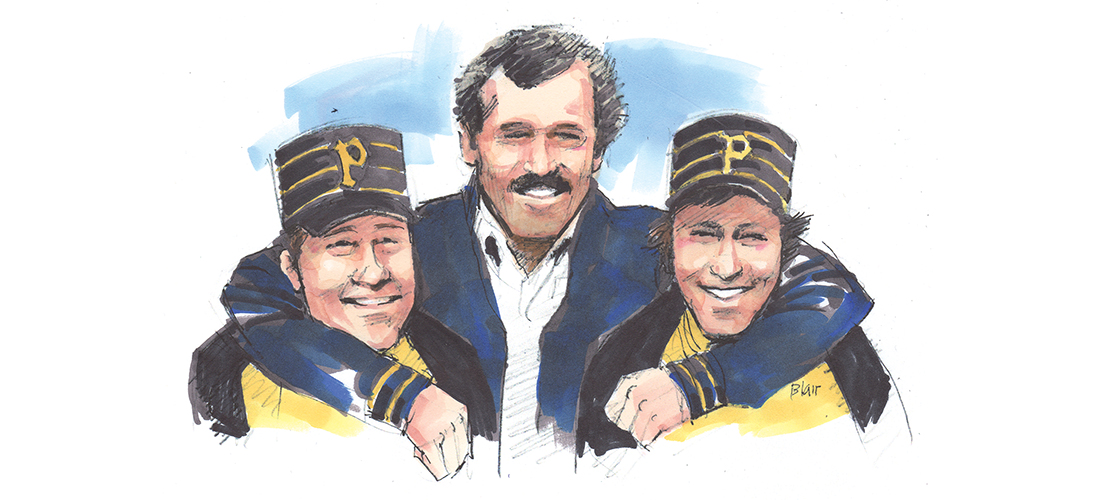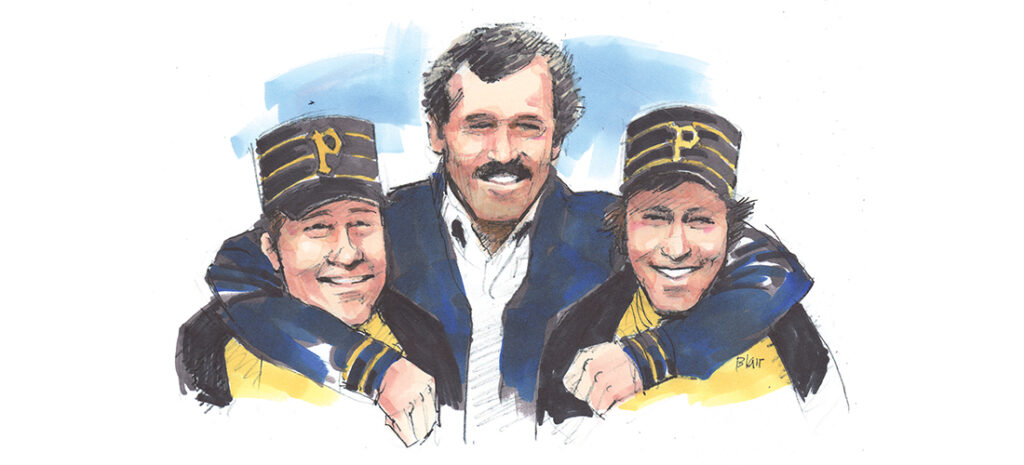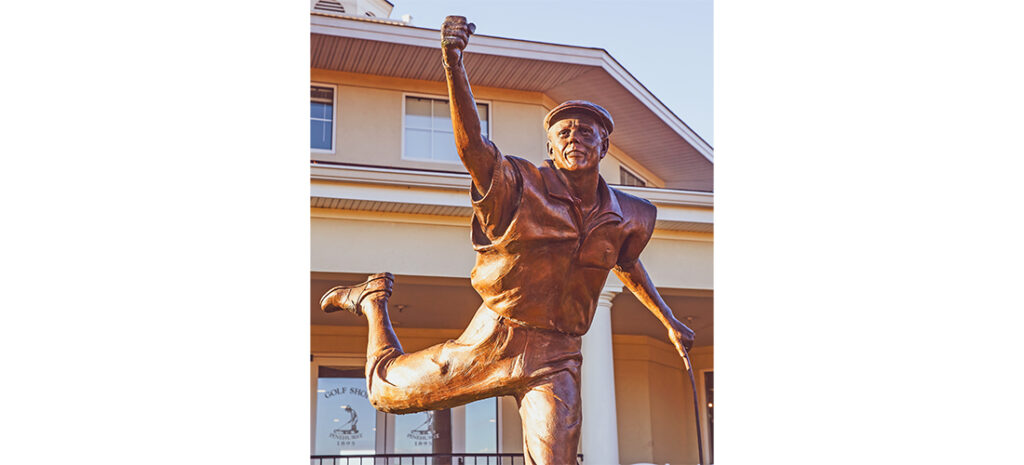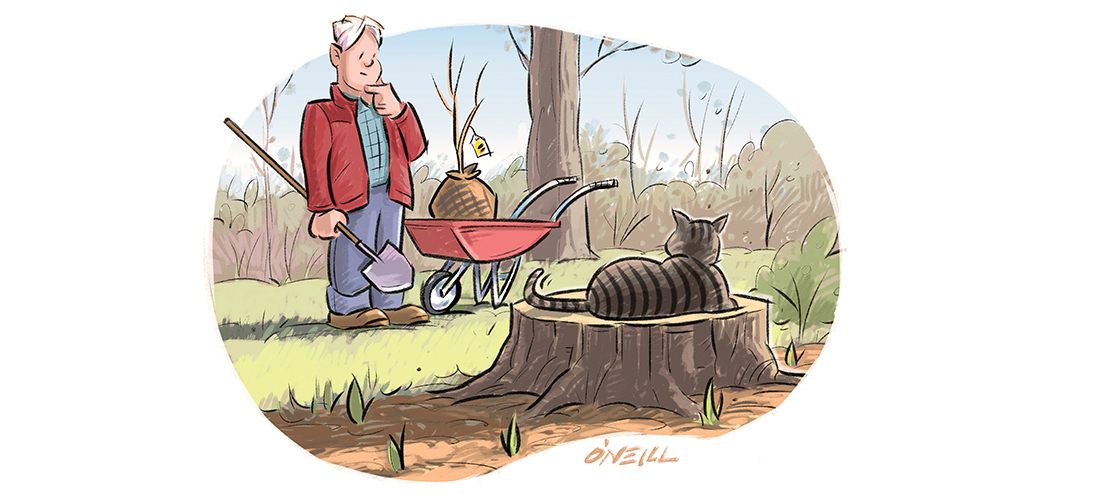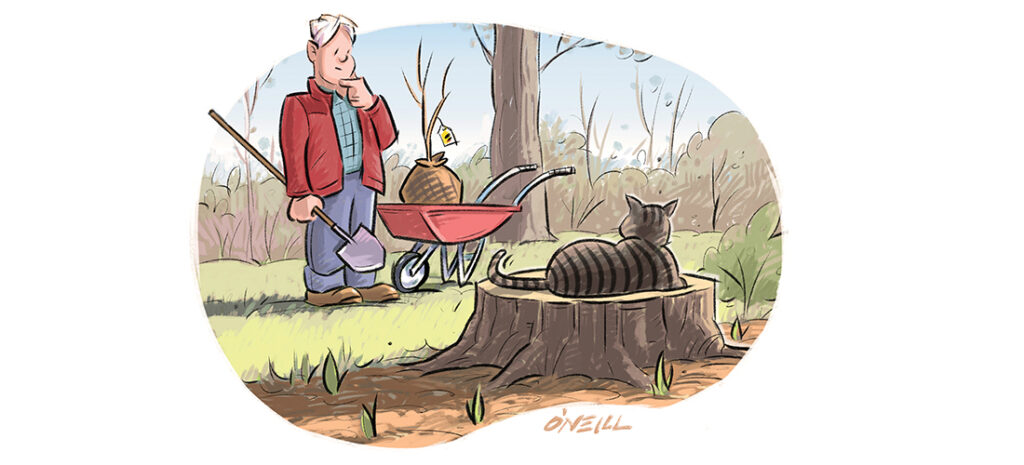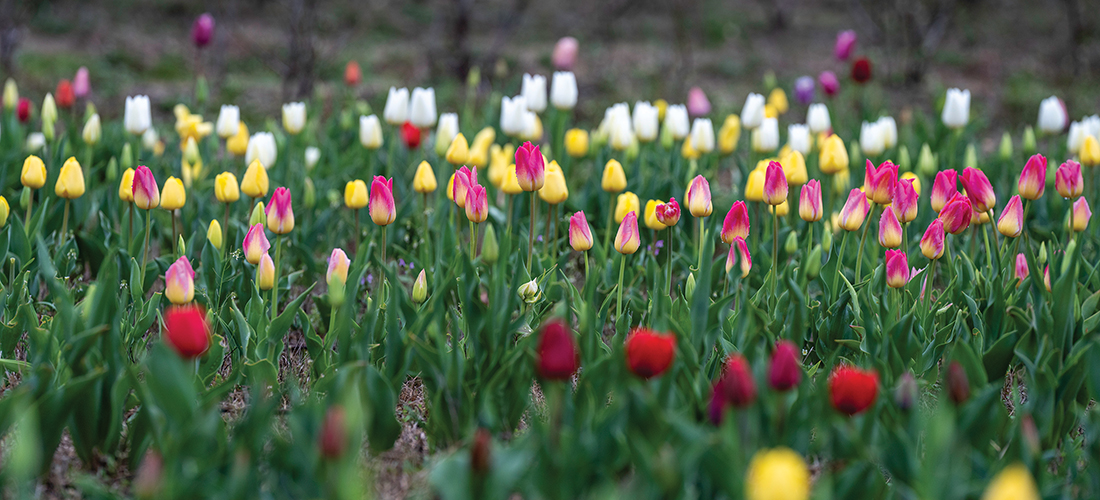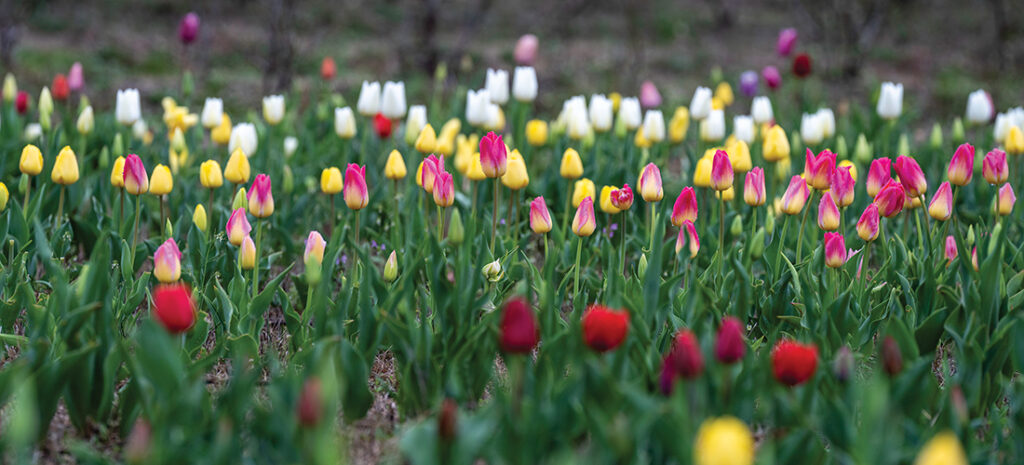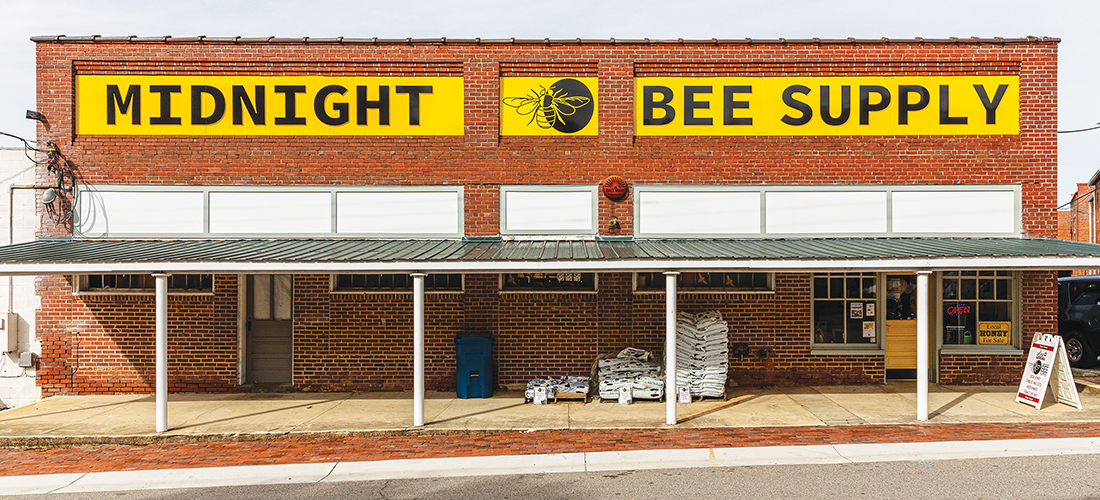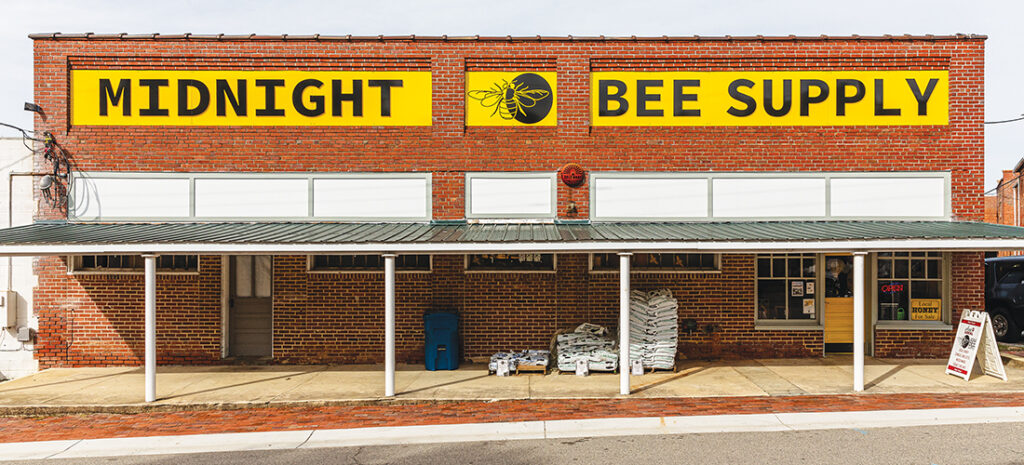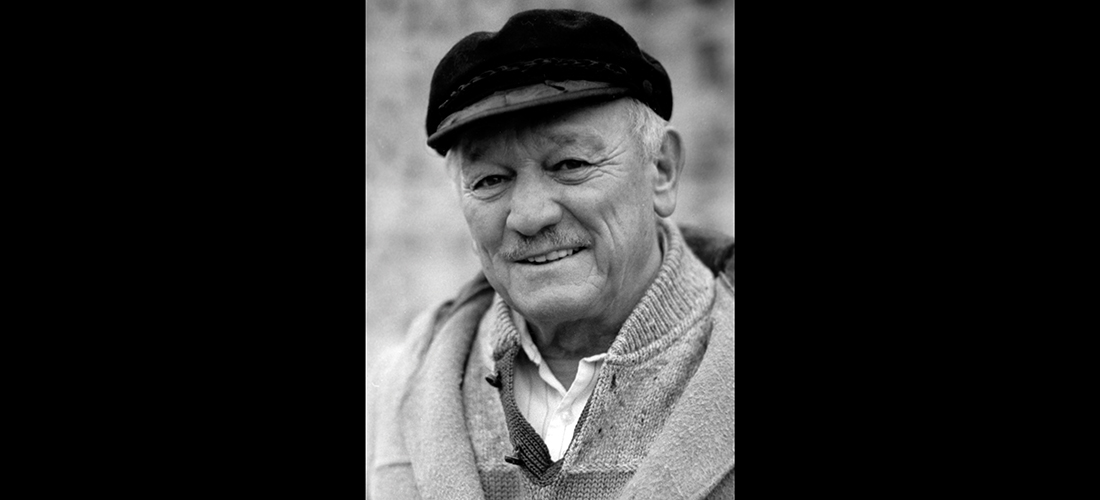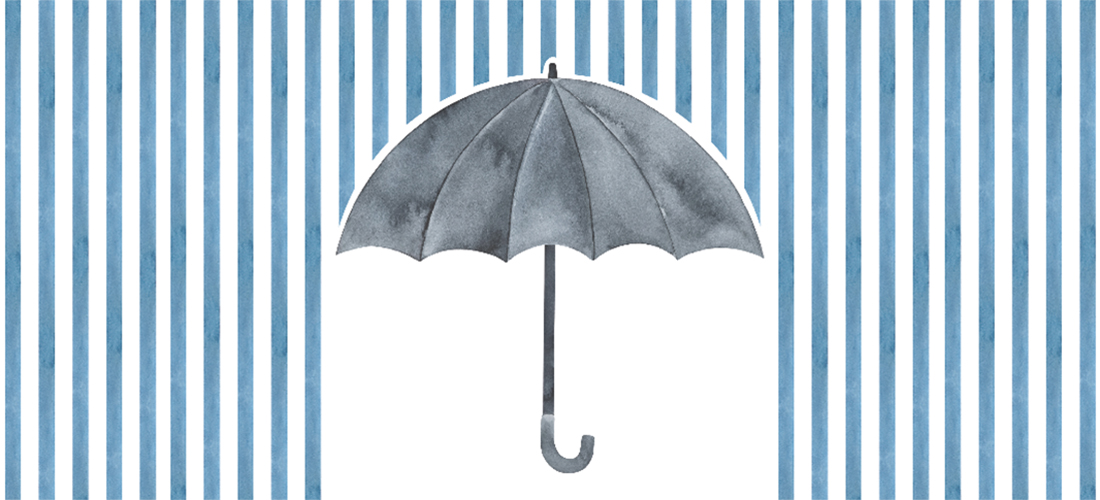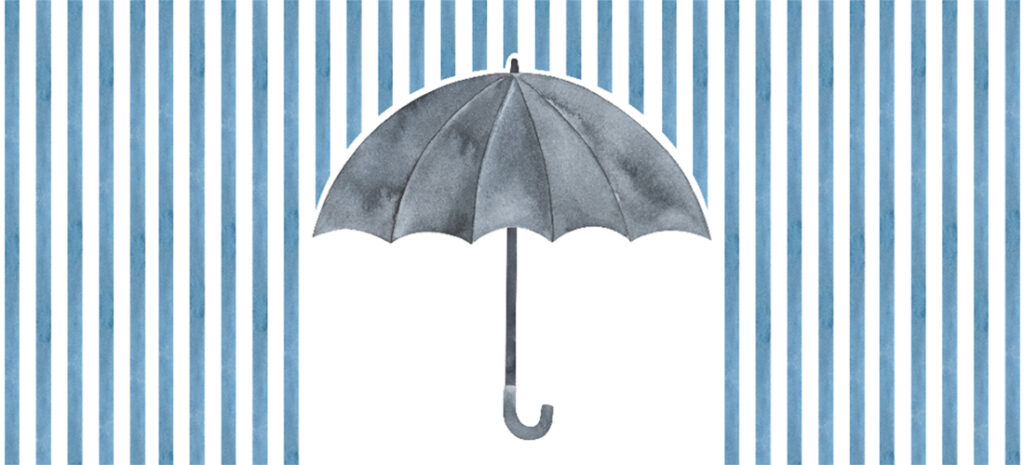Three acclaimed poets, Stephen E. Smith, Shelby Stephenson and Joseph Bathanti, share their recollections of St. Andrews University’s Ronald Bayes, a driving force in North Carolina’s literary world
Making Magic in the Hinterland
By Stephen E. Smith
The sun is at our backs as we turn off U.S. 1 onto 15-501 South toward Laurinburg, ticking away the 25.2 miles to the least likely poetry mecca in America — the tiny St. Andrews College campus. It’s January 15, 1980, and my brother-in-poetic-crime, future N.C. Poet Laureate Shelby Stephenson, and I are on our way to hear Black Mountain poet Joel Oppenheimer, poetry editor for The Village Voice, a news and culture publication known for being the country’s first alternative newsweekly, give a reading from his new St. Andrews Press book, Names, Dates, & Places.
Trust me: Laurinburg, North Carolina, for all its attributes, is a far, far distance, socially and intellectually, from Greenwich Village, New York. So how is it that a significant 20th century American poet was reading at what was then called St. Andrews College? Maybe there was mystery and magic at the heart of it. But if you adhere to the Great Man Theory, the answer is, in a literary sense, simple: Ron Bayes.
I met Ron in July 1972 at a meeting of the North Carolina Writers Conference in Wilmington. I happened into the luncheon meeting where he was holding forth on his literary plans for St. Andrews College — a creative writing major, a national literary magazine (The St. Andrews Review), a student literary magazine (Cairn), a literary press that would publish 15 books a year, a reading series that would, if his plans came to fruition, be the envy of every college and university in the state, a visiting artist program, weekly student poetry readings, etc. It seemed overly ambitious for a newly cobbled-together college in the hinterland, but Ron was emphatic. He would do it all.
The assembled writers, many of whom were college professors who organized readings and edited literary magazines, were skeptical. They understood the time and effort necessary to accomplish the litany of projects Ron enumerated. He’d have to contend with the college bureaucracy, academic politics, the scarcity of funding, department jealousy and infighting, and an underlying lack of interest from students and faculty. The barriers were formidable. And Ron would have to carry out his plans while teaching his classes and writing and publishing his own work. It seemed an impossible undertaking.
More than 50 years later, it’s safe to say that Ron Bayes delivered on every promise: America’s finest poets visited the St. Andrews campus, gave readings, and conducted workshops. Literary magazines flourished. Student readings were held every Thursday night, and chapbooks of their work were published. Writers of national and regional import had their books published by St. Andrews Press.
For at least 20 years, Shelby Stephenson and I attended the readings, and we can testify that the St. Andrews campus was a hotbed of literary enthusiasm. Where else in North Carolina could you have dinner with James Dickey, James Laughlin or Robert Bly in a mediocre Chinese restaurant?
On that January night in 1980, I had a lengthy conversation with Joel Oppenheimer, and we became fast friends, corresponding until he died in 1988. I learned all I needed to know about the Black Mountain School of Poetry. On another memorable occasion, Robert Creeley, an unassuming and generous Black Mountain devotee, and I talked for hours at dinner at one of Laurinburg’s restaurants. I could list a hundred such evenings fraught with enlightenment if time and space permitted. The St. Andrews poetry scene was vibrant and enticing. I was never disappointed by an evening listening to aspiring poets read their creations on the tiny campus tucked away in languid Laurinburg.
Alas, all things pass away, and so it was with the St. Andrews poetry scene. Literary magazines moved online, poetry readings became less popular with students, publishing and distributing books proved prohibitive, and the college’s institutional focus shifted to more financially rewarding pursuits. Shortly before he retired, Ron, who remained steadfastly enthusiastic about his teaching, told me that his students stared out the window and yawned, their interests attracted by more practical pursuits. The college’s financial foundation was always tenuous, and the emphasis on the academic experience adapted to ensure institutional survival. But none of these inevitable transformations detract from Ron’s achievement. He was a leader in North Carolina’s writing community for over 50 years, and a poet of national reputation who taught and inspired thousands of students.
A few years ago, I pulled into a parking lot on the Delmarva Peninsula behind an old clunker with a St. Andrews parking sticker peeling off the back bumper. I asked the middle-aged driver if he knew Ron Bayes. He beamed and nodded. “That guy changed my life,” he said. “My world is a lot more interesting because I had Ron Bayes as a teacher and mentor.”
Ron would have been pleased.
Lyrical Earthliness
By Shelby Stephenson
Ronald H. Bayes wooed and wowed the universe with poetry and his love for the arts; moreover, his compassion for helping others get into print still seems miraculous to me; plus, he created the atmosphere for hundreds of writers to read at the St. Andrews Forum, which he also founded. The roll of writers seems endless: James Laughlin, Robert Bly, Betty Adcock, Julie Suk, Stephen Smith, Joseph Bathanti, Tom Wolfe, Mary de Rachewiltz, Agnes McDonald, Shirley Moody, Margaret Baddour, Ann Deagon, Jonathan Williams, Jeffery Beam, Guy Owen, Paul Jones, Tom Hawkins, Anna Wooten, Marty Silverthorne, Fred Chappell, Terry Smith, Joel Oppenheimer, Robert Creeley, Lenard Moore, Glenna Luschei, Tom Patterson and on and on, even as he was writing his own poems seemingly right out of worlds of conversations.
What a beautiful life! To create situations for himself and others to find themselves in the Arts!
Fred Chappell: “Few poets have written so broadly and intensively of our modern culture as Ronald Bayes has done.” Betty Adcock: “Ron Bayes and his work have been our connection to schools of thought and poetry outside the South, as far away as Japan. A chief mentor and publisher of poets in North Carolina for decades, he is one of our treasures.” North Carolina’s current poet laureate, Jaki Shelton Green, aptly describes the Bayesian predicament: “A perpetual feverish stimulation navigating extreme terrain and a resounding fate of the senses.”
Ronald H. Bayes’ The Collected Poems (St. Andrews University Press, 2015) teems with the politics of resonant symbols. The Bayesian artistry presents, “in minutest detail, a poignant and intense emotional lingering, lyrical as hollyhocks forever blooming,” Fred Chappell has written, adding, “We owe him ebullient thanks.”
Here are some of the titles of books Ronald H. Bayes has written: Dust and Desire; History of the Turtle; The Casketmaker; Porpoise; King of August; Tokyo Annex; A Beast in View; Guises: A Laurinburg Litany; Fram.
I cannot overstate the fact that Ronald H. Bayes has been out-front, always making new worlds for word-lovers. Every entry in The Collected Poems shows that he is on his own, always experimental, carrying on out of his love of Black Mountain writers and artists and, especially, Ezra Pound. All the while Bayes gives his own beautifully aesthetic songs of emotions moving freely in and out of the music of his lines. In Fram, for example, he presents his life as a boy in Umapine, Oregon. Bayes’ vision dazzles word-games and pun-puns. Inner experiences seem outer; yet what appears beyond the page sings with feeling. “Home”: “I think / think of the years and long light and the end of light.” The syllables buoy longing. Images keep moving: “A matter of toward. / A matter of affirmative through.”
Readers enjoy entering his lines. Joseph Bathanti has written: Ronald H. Bayes “has given his life to the state of North Carolina, to the state of poetry in North Carolina, and made it the state of poetry.”
Patron Saint of Poetry
By Joseph Bathanti
No one of Ron Bayes’ stature — as poet, critic, playwright, renowned iconic professor for years and years at, then, St. Andrews Presbyterian College in Laurinburg — was more selfless, more over-the-top generous, or turned on more people to poetry. He was beloved by his students, beloved by anyone with whom he crossed paths, including cats and dogs — cats especially — whom he adored.
Ron never married, and he never had his own blood-children, but the legions of St. Andrews student-poets he launched over his long, sterling career remain his children; he loved them passionately without stint.
Hundreds of testimonials to Ron from former students have been recorded, and here’s just one sampling from Tom Patterson, St. Andrews, class of 1974, an illustrious North Carolina writer, art critic, and renowned authority on Outsider Art: “Ron Bayes changed my life. Had it not been for him I would not have attended St. Andrews, and wouldn’t have become the kind of writer I am. Had it not been for Ron, in fact, I might not have become a writer at all.” Neal Bushoven, Ron’s great friend and another iconic St. Andrews professor, once declared: “At one point, Ron Bayes had over half of the campus writing poetry.”
But it was not just St. Andrews students and faculty who sat at Ron’s bronzed feet. More than anyone before him, or after him, he democratized poetry across the state of North Carolina. Ron made writing poetry, for so many of us, not only the thing to do, but the only thing to do. Through his visionary and blazing work ethic — and the fact that he seemed to know every living writer on the planet — Ron single-handedly created in Laurinburg, N.C., of all places, on the campus of St. Andrews, the crosshairs, the nexus, the very heart of poetry in our fair state.
In 1969, he founded not only St. Andrews Press, but also the college’s Writers Forum. For 41 years, every blessed Thursday evening, without fail, he hosted readings on campus by poets, fiction writers, essayists, playwrights, you-name-it. Imagine: 41 years — like DiMaggio’s streak of hitting safely in 56 straight games. A record that will never be broken.
Yes, very famous writers arrived — Carolyn Kizer, Reynolds Price, Romulus Linney, James Dickey, Diane Wakoski, Tom Wolfe, Dana Gioia, Richard Blanco. The list of luminaries who read at The Writers Forum is mind-blowing. Ron was also intimates with Black Mountain College legends like Robert Creeley, Jonathan Williams, Joel Oppenheimer, Charles Olson, Ed Dorn, Fielding Dawson — and he hauled them to campus as well. But there were also student and fledgling poets, poets from the community, voices seldom heard, voices yearning to be heard, who also, in many cases, were launched at the St. Andrews Writers Forum. He evangelized so many of us.
I remember receiving my invitation from Ron to read in The Writers Forum in 1985. I nearly fainted — not only that I had been invited to read at the premier haven for writers in North Carolina, but that Ron Bayes (everyone with a stake in poetry in North Carolina knew who that was) — had written to me and had signed his very name on the postcard-invitation.
A postcard I still have and cherish.
I also want to be very clear: Ronald Homer Bayes was a giant among North Carolina writers, as well as writers well beyond our state’s borders. He was very much celebrated and known in Japan, especially. In fact, he was great friends with Yukio Mishima, one of the most significant writers of the 20th century, considered again and again for the Nobel Prize for Literature during the 1960s. Ron is the author of 14 groundbreaking, often avant-garde and always ahead of their time volumes of poetry; two books of prose; a monograph of literary criticism, John Reed and the Limits of Idealism; as well as two works for the stage, An Evening with Ezra Pound and An Evening with William Carlos Williams.
What’s more, I have never known another with more extemporaneous facility in spinning the English language into the most voluptuous and surprising locutions at a whim. He quoted verbatim, down to the syllable, Pound and Auden, Kipling and Yeats. He was powerfully funny, gloriously irreverent, charismatic, and notoriously philanthropic. Ron always managed to surreptitiously scoop up the check after those Thursday night feasts — near-bacchanals — at Fong’s and New China before the wild motorcade to campus for the ritual Thursday night readings.
But let me circle back to Ron’s students and close on that note: how he loved them, how they worshipped him. The holy man at St. Andrews, he handed them fire. He remains, to my mind, North Carolina’s patron saint of poetry. On that sacred note — and not a whit of blasphemy intended from this acolyte of St. Ron’s — here’s an excerpt from the penultimate email I received from him: “I think from the middle of Nov. til Xmas week was the most satisfying and pleasant time ever. 9 former students flew out to Asheville for a reunion at Black Mt. They are now all in their late 40’s and early 50’s and came from as far away as Chicago, NY, and Atlanta. All that time back ! and as a highlight of the first of two nights, they gave a reading from my works they had put together. I was the audience of one. It was too sweet and flattering to tear up. I just smiled.” PS
Apprentice House Press will publish Stephen Smith’s memoir The Year We Danced in May. Shelby Stephenson was North Carolina’s Poet Laureate 2015-18; his current books are Cow Mire Songs and Country. Joseph Bathanti was North Carolina’s Poet Laureate 2012-2014 and is the author of the recent books, Light at the Seam and The Act of Contrition & Other Stories.
Philadelphia Airport
Rather tired at the Philadelphia Airport
And the plane to board
An hour and three coffees away.
What irony that at five-thirty a.m.
I am at last moved by emotion
(It has been a long time)
When the unavoidable, continual soft-music loudspeaker
Romps a certain German polka.
And I remember another airport,
Other years,
And I who have never wished to go back before
Wish to go back.
But one never can in time
(And does space matter much?).
Want some irony?
In Germany it was (you weren’t there)
And I loved you: Christ! With what passion of intensity,
Jealous of whomever you were with
With the dawn pink and blue and grey and
The trees mushrooms clumping
Like wanting Breughel
To red-in country rompers
— Or maybe someone good at satyrs—
And I remember the other airport
I remember a polka
And that I loved you.
Now each in maze muddled and oh-so-adjusting
And we no longer love . . . why kid? And I am not
Even jealous in wild imaginings.
A few people
A few more people
Now we move . . . you move . . . I move . . . from progress
To progress
Unlove to unlove
Anticipating only departures.
— Ronald Bayes



